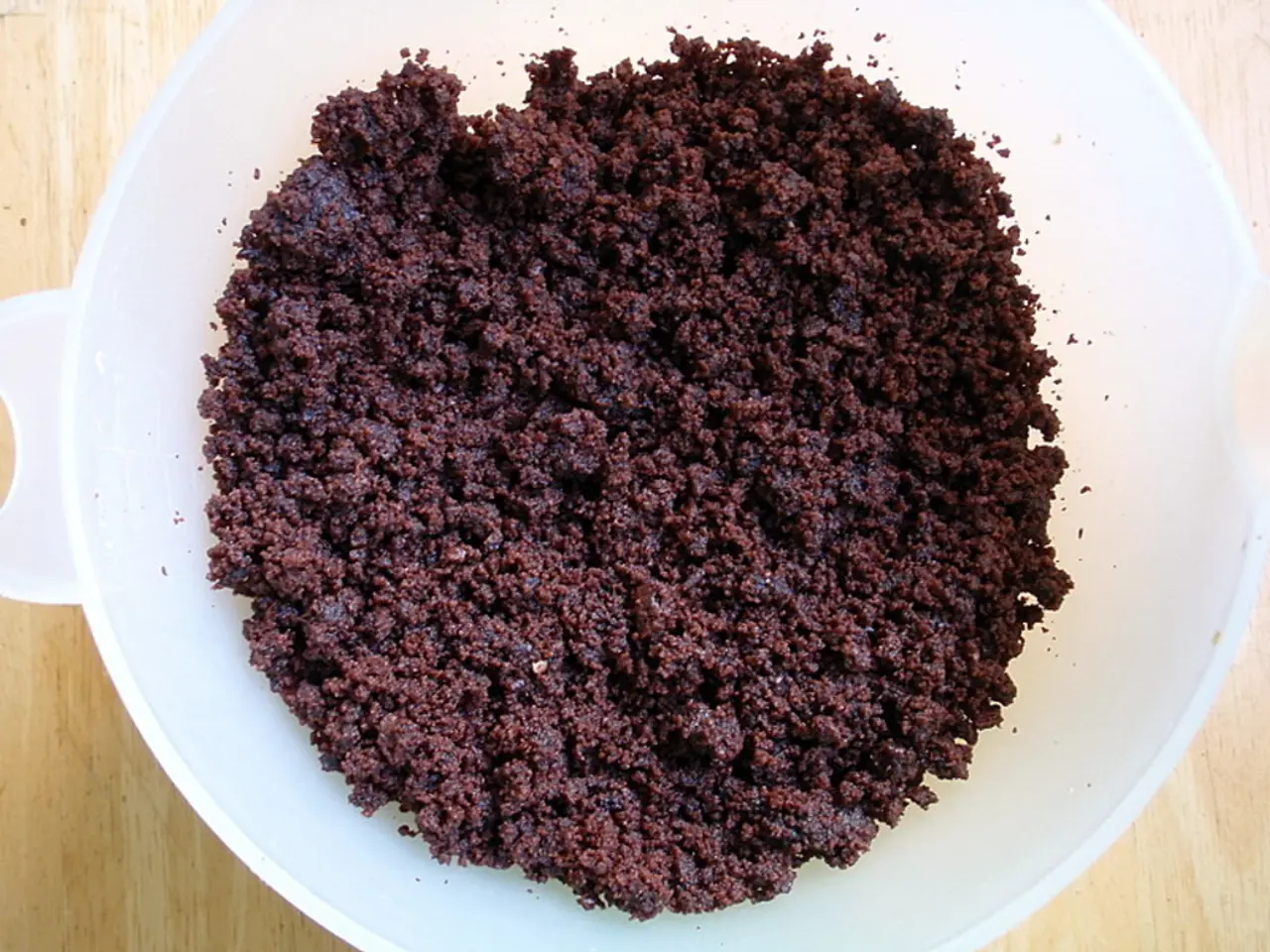Intestinal inflammation triggered by eosinophils - Signs, reasons, and remedies
Eosinophilic gastroenteritis (EGE) is a relatively uncommon digestive disorder that affects the stomach and small intestine. This condition is characterised by large numbers of white blood cells called eosinophils accumulating in these areas, causing a range of symptoms that can vary from person to person.
Symptoms of EGE may include nausea, vomiting, abdominal pain, difficulty eating, weight loss, anemia, fatigue, poor growth (in infants and children), abdominal pain and bloating due to fluid buildup, and a delayed diagnosis due to similarities with other gastrointestinal diseases like Crohn's disease, celiac disease, and ulcerative colitis.
The International Foundation for Functional Gastrointestinal Disorders (IFFGD) recommends that a person with EGE receives support from a mixed healthcare team, including a gastroenterologist, allergist, and dietitian. Diagnosis of EGE typically involves an endoscopy, surgical biopsy, or allergy testing.
Allergy testing may involve skin prick testing or an oral food challenge. Experts believe that allergies likely play a role in the cause of EGE, and food allergies and hypersensitivities are common among people with EGE.
Treatment options for EGE include medications to control inflammation, dietary changes, and nutritional support. Common treatments include proton pump inhibitors (PPIs), swallowed topical corticosteroids, systemic corticosteroids (frequently used to induce remission), and food elimination diets.
Swallowed topical corticosteroids like budesonide are used with specific administration methods depending on the affected intestinal site. Mast cell stabilizers such as cromolyn sodium and ketotifen have been used as adjunctive, corticosteroid-sparing therapies. Mesalamine agents may be employed in cases of eosinophilic colitis (a subtype).
For some patients, empiric elimination or elemental diets are options after nutritional evaluation, with studies showing promising histologic and symptomatic improvements. Monitoring treatment response often involves endoscopy with biopsies and peripheral eosinophilia levels.
It's important to note that there is currently no cure for EGE, but treatments can help manage the disease and alleviate symptoms. EGE is slightly more prevalent in males than females and can occur in people of all ages and ethnicities.
The American Partnership of Eosinophilic Disorders (APFED) states that eosinophilic disorders can occur in many parts of the body. They identify four types of EGIDs: eosinophilic colitis, eosinophilic esophagitis, eosinophilic gastritis, and eosinophilic gastroenteritis. Between 70-80% of people with EGE have preexisting allergies.
Additional therapies under investigation or in use for related eosinophilic gastrointestinal diseases include monoclonal antibodies such as lirentelimab targeting eosinophils and mast cells, though these are more experimental. Systemic corticosteroids remain the mainstay to induce remission, while dietary and topical treatments help maintain or reduce symptoms and minimize steroid exposure.
References: [1] APFED - Treatment of Eosinophilic Gastrointestinal Disorders (EGIDs) [5] APFED - Monoclonal Antibodies in Eosinophilic Gastrointestinal Diseases (EGIDs)
- Eosinophilic gastroenteritis (EGE) is a lesser-known chronic disease that specifically affects stomach and intestinal health.
- This condition is characterized by an accumulation of eosinophils, a type of white blood cell, in these areas, causing various symptoms.
- Symptoms of EGE may include nausea, vomiting, abdominal pain, difficulty eating, weight loss, anemia, fatigue, poor growth in infants and children, and abdominal pain and bloating due to fluid buildup.
- A delayed diagnosis is common due to similarities with other digestive disorders like Crohn's disease, celiac disease, and ulcerative colitis.
- The International Foundation for Functional Gastrointestinal Disorders (IFFGD) suggests a collaborative approach from a medical team including gastroenterologists, allergists, and dietitians for EGE management.
- Diagnosis often involves endoscopy, surgical biopsy, or allergy testing, including skin prick testing or oral food challenges.
- Allergies are believed to play a significant role in the development of EGE, with food allergies and hypersensitivities common among patients.
- Treatment may include medications to control inflammation, dietary changes, and nutritional support, with proton pump inhibitors, swallowed topical corticosteroids, and systemic corticosteroids among the common options.
- Swallowed topical corticosteroids like budesonide are administered using specific methods based on the affected intestinal site.
- Mast cell stabilizers such as cromolyn sodium and ketotifen may be used as adjunctive therapies to reduce steroid usage.
- Mesalamine agents might be employed in cases of eosinophilic colitis, a subtype of the condition.
- Empiric elimination or elemental diets could be recommended after nutritional evaluation, showing promise in some studies for symptom improvement and biopsy results.
- Monitoring treatment response typically involves endoscopy with biopsies and checks on peripheral eosinophilia levels.
- There is no cure for EGE, but treatments can help manage the disease and alleviate symptoms; the condition occurs more frequently in males than females and affects people of all ages and ethnicities.
- The American Partnership of Eosinophilic Disorders (APFED) recognizes four types of eosinophilic gastrointestinal disorders (EGIDs), which may arise in various organ systems.
- Experimental therapies under investigation or in use for EGIDs include monoclonal antibodies like lirentelimab, targeting eosinophils and mast cells, as well as systemic corticosteroids for remission induction, while dietary and topical treatments help manage symptoms.




